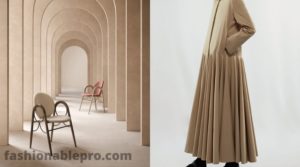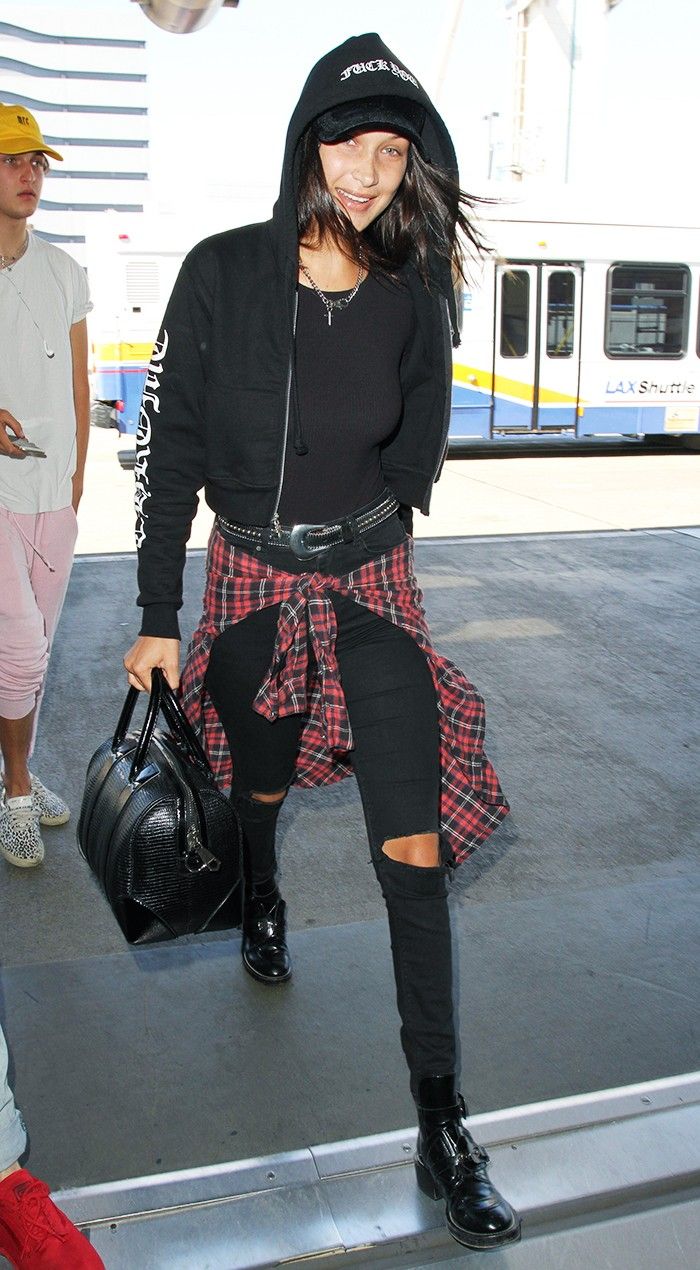Runway To Real Life: Translating Fashion Week Trends Into Wearable Dresses
Fashion Week: an exhilarating whirlwind of creativity, innovation, and avant-garde designs that sets the tone for the upcoming seasons. From New York to Paris, designers showcase their latest collections on the runway, leaving fashion enthusiasts in awe of their bold statements and visionary creations. But what happens after the lights dim and the applause fades? How do these extravagant runways transition into the real world, seamlessly blending into our everyday wardrobes? Let’s delve into the art of translating Fashion Week trends into wearable dresses, bridging the gap between fantasy and reality.
The Runway Spectacle:
Fashion Week is a spectacle unlike any other. Designers push the boundaries of conventional fashion, experimenting with shapes, textures, and colors to create awe-inspiring pieces that captivate audiences. The runway is a place for new ideas and artistic expression, from full silhouettes to detailed embellishments. Every show has its own story, which is based on the designer’s ideas and the current cultural mood.
Trendspotting:
Amidst the runway extravaganza, trends emerge that shape the future of fashion. The latest styles and inspirations that will rule the industry for years to come are shown at Fashion Week, which is where trends start. From statement sleeves to bold prints, designers introduce a myriad of trends that captivate the imagination of fashion-forward individuals worldwide. However, not all runway trends are easily translatable to everyday wear. Some may seem too extravagant or impractical for the average consumer’s lifestyle.
The Translation Process:
Translating Fashion Week trends into wearable dresses requires a delicate balance between creativity and practicality. Designers and fashion enthusiasts alike must discern which trends have the potential to resonate with a broader audience and seamlessly integrate them into everyday wardrobes. This process involves analyzing the key elements of each trend and finding ways to adapt them to suit different styles, preferences, and occasions.
Adapting Silhouettes:
One of the first steps in translating runway trends into wearable dresses is adapting silhouettes to suit the demands of everyday life. While oversized proportions and exaggerated shapes may make a statement on the runway, they often require modifications to ensure comfort and practicality in real-world settings. To make clothes easier to wear without losing style, designers may slim down silhouettes, change hemlines, or add practical features like pockets and adjustable straps.
Incorporating Fabrics and Textures:
Fabric choice plays a crucial role in translating runway trends into wearable dresses. While high-fashion designs may feature luxurious fabrics and intricate embellishments, everyday dresses require materials that are both stylish and functional. Designers may opt for lightweight, breathable fabrics that offer ease of movement and comfort, such as cotton, linen, or jersey. Additionally, incorporating textures such as lace, velvet, or denim can add visual interest to a dress without compromising its versatility.
Embracing Color and Print:
Color and print are powerful tools for transforming runway trends into wearable dresses. While bold hues and abstract prints may dominate the runway, they can be intimidating for those accustomed to more subdued palettes. Designers may offer toned-down versions of runway prints or incorporate them as statement accents on otherwise neutral garments. Additionally, timeless color palettes such as black, white, and navy serve as a versatile canvas for experimenting with pops of color and print without overwhelming the wearer.
Accessorizing with Purpose:
Accessories are a big part of finishing off a look and taking a dress from ordinary to extraordinary. When turning fashion trends from the runway into dresses that people can wear, it’s important to pick items that go with the style and make the dress more useful. Every piece of jewelry, handbag, shoe, and other item should have a purpose and help tell the story of the outfit as a whole.
Case Study: Dress Fashion’s Approach:
At Dress Fashion, we believe in bridging the gap between runway fantasy and real-world wearability. Our approach to translating Fashion Week trends into wearable dresses centers on versatility, quality, and timeless style. By carefully curating our collections and selecting pieces that balance trend-driven details with everyday practicality, we empower our customers to embrace the latest trends without compromising their style or comfort.
Conclusion:
In conclusion, translating Fashion Week trends into wearable dresses is both an art and a science. It requires a keen understanding of design, functionality, and consumer preferences, as well as a willingness to push the boundaries of conventional fashion. By embracing creativity, innovation, and adaptability, designers and fashion enthusiasts can bridge the gap between runway fantasy and real-world wearability, ensuring that the magic of Fashion Week continues to inspire and captivate audiences worldwide.
At Dress Fashion, we’re committed to bringing the latest runway trends to life in our curated collections, offering stylish and versatile dresses that empower individuals to express themselves confidently in any setting. Join us as we embark on this journey from runway to real life, one dress at a time.
Stay in touch to get more updates & news on Fashionable Pro!






